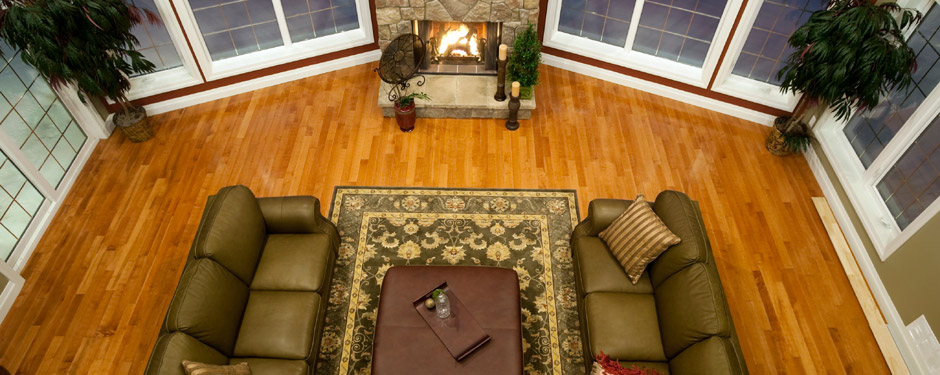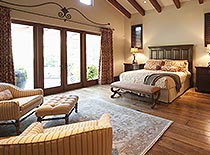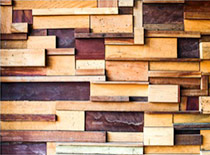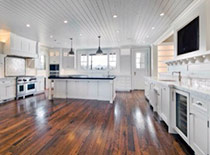Flooring Installation Find a Trusted Contractor to Help
Which Flooring is Right For Your Climate?
Choosing the right flooring takes a bit more than picking out a color. Install the wrong materials and you could find yourself with unexpected problems. Before making a decision, consider your climate and which materials work best there.
Vinyl and Linoleum: Not What You Might Think
Vinyl and linoleum are words that are often used interchangeably, but they’re different materials. There are numerous, high-quality vinyl flooring options that aren’t your grandmother’s flower-patterned kitchen floor. Some even realistically mimic wood and stone.
Vinyl is synthetic, but linoleum is a natural product made from ground cork and linseed oil. The color is solid throughout, so it doesn’t show damage as easily.
Both vinyl and linoleum are available in sheets and tiles and they clean up with a damp mop. While they’re suitable in any climate, they can feel a bit chilly underfoot.
Take time with your contractor to learn which flooring is best for you.
Tough Ceramic, Porcelain and Natural Stone Tile
Most tiles stand up to years of abuse and are water resistant, so you can mop to your heart’s desire. They work in any room of the home, although bathrooms and kitchens are the most common places to find them.
Tile is suitable in practically any climate, although homes in colder regions might need heating installed underneath to curb its natural chill. That cool touch is a boon in hot climates, both desert and more humid, and tropical areas such as Florida.
Although tile can last for generations, it’s not ideal for areas prone to earthquakes. Excessive movement of the substrate leads to damaged tile.
Comfy, Cozy Carpeting
Carpet is soft and cushy underfoot and it adds a bit of insulation, which adds comfort colder climates. Available in rolls and tiles, short fibers and fuzzy, there’s a carpet suited to practically any living space where water isn’t present. Everyday cleaning requires vacuuming, but stains are harder to deal with. Steam cleaning and spot treatments are necessary.
Persistent damp conditions can lead to problems as the fibers and padding hold in moisture. Mold and mildew can become a problem, especially with carpet installed in basements.
NEXT STEP: Meet a trusted home contractor who can install new carpet.
Hard-Wearing Hardwood
One of the most tried and true flooring choices, hardwoods, are cool underfoot, making them a good choice for warm climates. That’s not to say that they aren’t a good idea in colder areas, as radiant heating is appropriate under some wood floors. Reputable flooring contractors can tell you which varieties work with radiant heat.
Both damp and dry conditions cause problems for hardwood, but there are remedies in some situations. Dampness causes wood to swell, which can lead to buckling of the floor, but a dehumidifier regulates humidity and helps the floor stay put. Excessively dry conditions can dry out the wood, but high-quality sealers help guard against cracks.
Engineered hardwood is an option for all climates, as its underlying construction resists swelling and shrinking.
Laminate. No, Really
Laminates have come a long way since the early days of obviously fake images of wood under layers of clear plastic. Newer laminates are of such high quality as to make them practically undetectable without a magnifying glass, as realistic wood texture is embossed into the coating.
Laminates edges swell in excessively damp conditions. Once the damage is done, the panel requires replacement. Due to its vulnerability to moisture, mopping is done with a barely-damp mop only.
Buying flooring suited to your climate will give you years of enjoyment. End
Carole Oldroyd is a freelance writer whose work focuses on home improvement and law.
Hardwood Flooring 101
Hardwood Flooring Installation
Hardwood Flooring Installation






